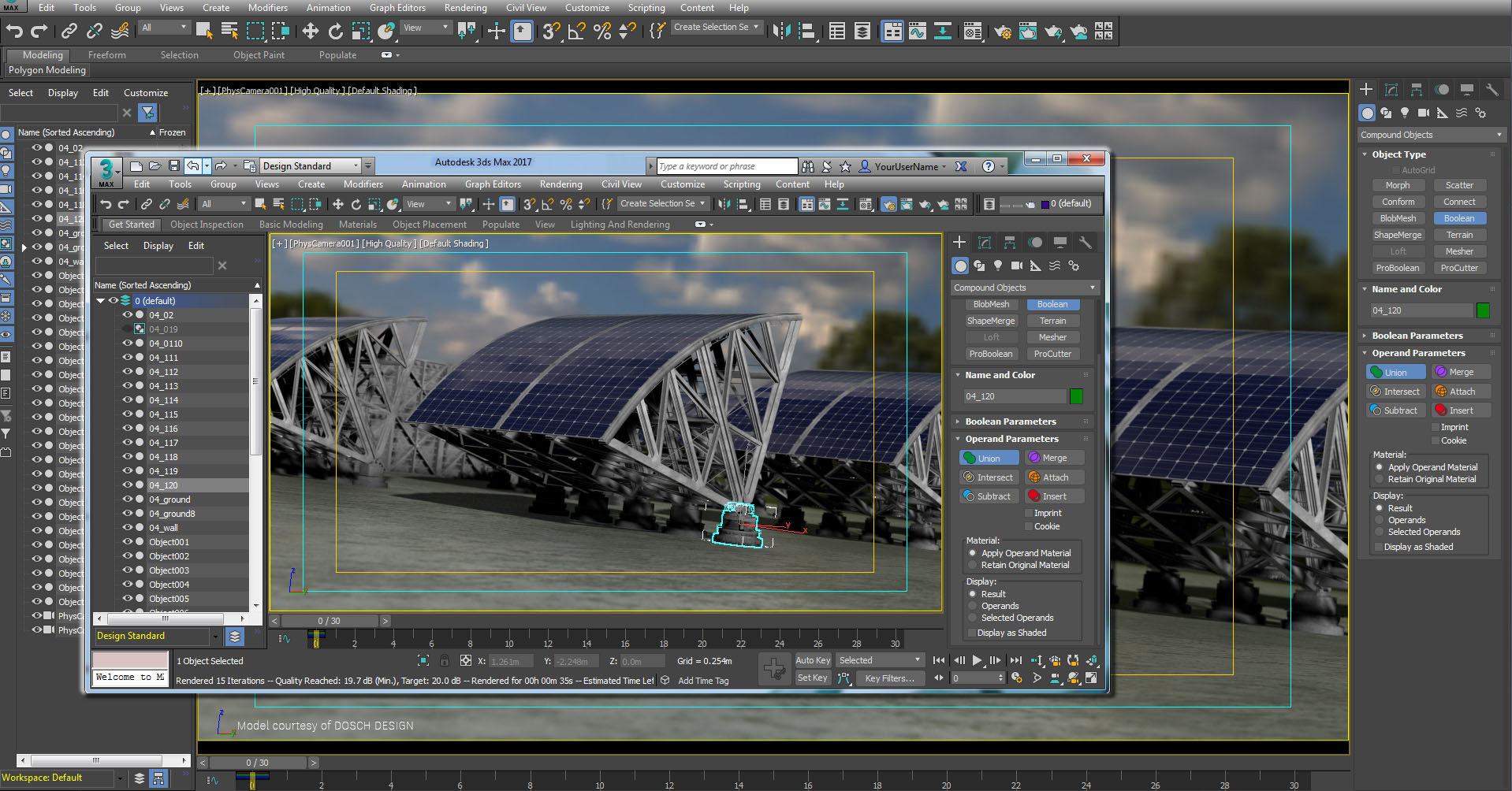
You can tweak your settings, like texture format, LODs, mesh format (FBX or OBJ), etc. Click Export Settings in the pop-up menu to view all the export options.To access the settings, click the gear icon on the bottom left corner of the asset’s right panel or go to Edit > Export Settings.


If you open this file it will have the path to where the 3ds Max plugin resides on your machine: Windows : C:\Users\\AppData\Local\Autodesk\3dsMax\20XX - 64bit\ENU\scripts\startup In 3ds Max, Bridge will create a Quixel.ms file at the following location that references the plugin from your library: You can also expand the small script listener window in the bottom left corner of the app to see if the plugin has been installed.

Through the Manage Plugins option in the Edit menu.You can set up the plugin when you launch Bridge after installing it for the first time on your machine.You can install the plugin using any one of these methods: These settings are global and once set up, will not need to be changed too often. Plugin installation is part of Bridge Export Settings. It currently supports only the very latest versions of the following render engines for 3ds Max: This tool relies on Bridge’s robust architecture to give you the best asset management experience, and the Python implementation inside 3ds Max to create materials, textures and geometry automatically, giving you photorealistic results on the go.

The Megascans Plugin for Autodesk 3ds Max allows you to connect Quixel Bridge and 3ds Max, giving you a one-click solution for importing your Megascans, Mixer and custom assets straight into 3ds Max within seconds.


 0 kommentar(er)
0 kommentar(er)
